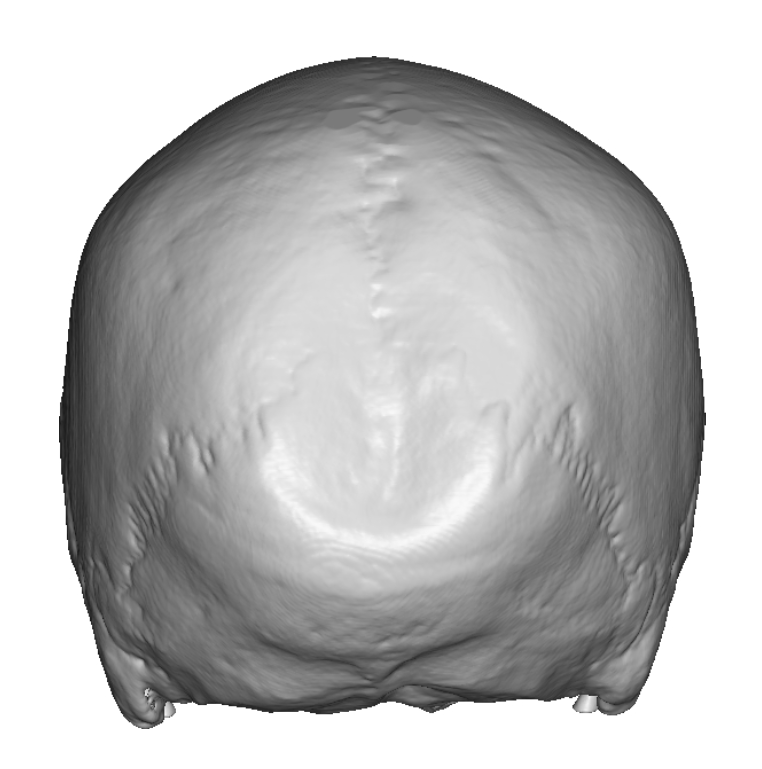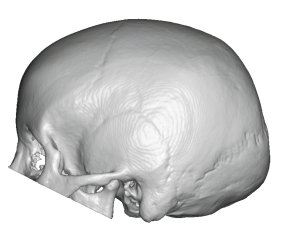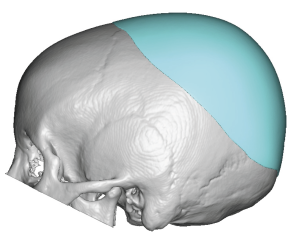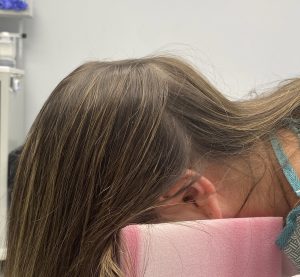Background: The back of the head is prone to the greatest frequency of aesthetic shape deformations. This is no surprise given that the back of the head is exposed to the greatest amount of external forces from how the fetus lays in utero to how the baby lays after birth and beyond. When this is combined with the genetic tendency of certain ethnicities to have a decreased anteroposterior skull length, flatness and asymmetry of various amounts of the back of the head are not uncommon.
Also, the back of the head is not just a flat surface of one continuous skull bone. Rather it represents the union of three skull bones (paired parietal bones and one single occipital bone) which are joined by the midline sagittal and paired lambdoidal sutures. Such a confluence of skull structures is prone to shape deformations that are different and unexpected from the most recognizable although more rare craniosynostosis deformities.
One such unexplained back of the head deformity is flatness that is associated with a large indentation that adds some concavity to it. This could be a linear groove down the center of the back of the head or a circular crater-like indentation. For some patients they may want only the concavity filled while others, and most, want an overall roundness added to the back of the head.
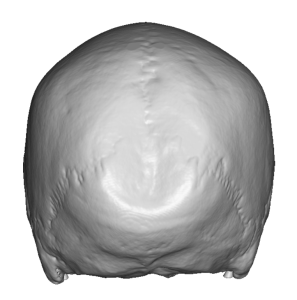
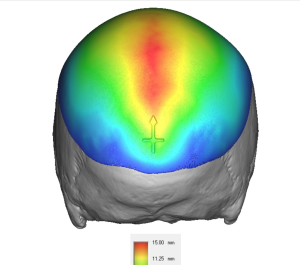
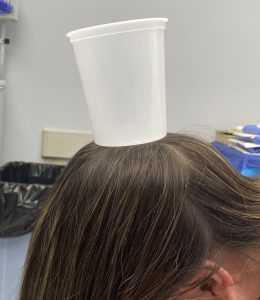
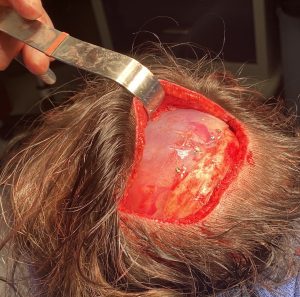
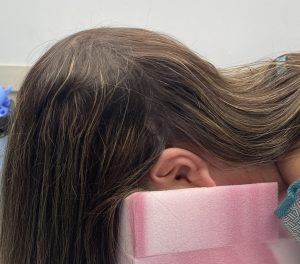
Flat back of the heads with an actual crater indentation are rare but can be successfully corrected (crater) and augmented. (flat to convex shape) But in doing so some implant volume will be lost in the crater that does not benefit the augmentation proper. This needs to be calculated into the implant design to ensure that it will fit within what the scalp stretch can accommodate.
Key Points:
1) A flat back of the head with an indented crater indentation of congenital origin is a rare aesthetic skull deformity
2) A custom skull implant design can fill in the crater and round out the back of the head within the limits of the scalp stretch to accommodate the increased volume.
3) The depth of the occipital-parietal indentation will steal some volume from how much the back of the head can be rounded out.
Dr. Barry Eppley
World-Renowned Plastic Surgeon

